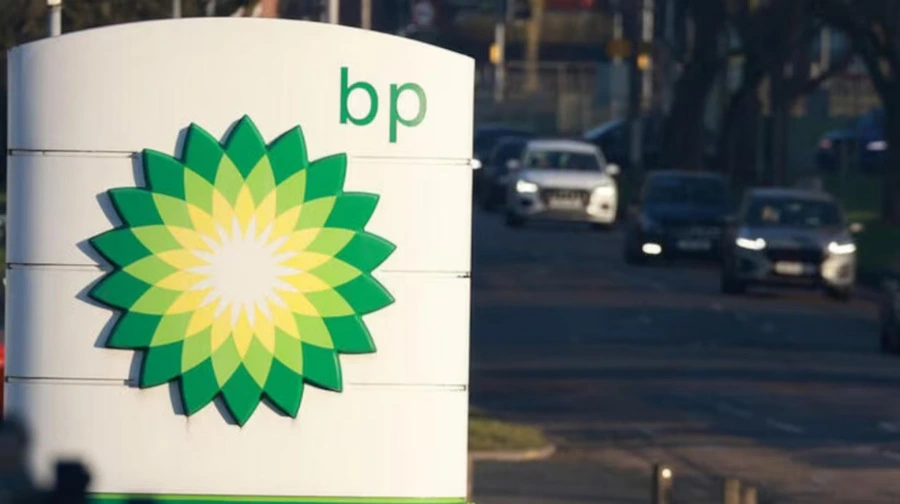BP’s recent oil and gas discovery in Namibia’s Orange Basin marks a strategic expansion of its upstream exploration in Africa. The Volans‑1X well, drilled in Petroleum Exploration License 85 offshore southern Namibia, is the latest in a series of discoveries that have turned this once-overlooked basin into one of the most closely watched offshore frontiers on the continent.
Namibia gained attention in 2022 and 2023 after Shell and TotalEnergies confirmed sizable discoveries in nearby blocks. Since then, exploration has intensified, with seismic surveys and new wells revealing the basin’s geological promise. BP’s entry reflects a calculated move into one of the few remaining untapped deepwater regions.
The find supports BP’s broader upstream strategy, which remains focused on high-potential basins even as it shifts toward low-carbon energy. Despite long-term transition goals, BP has reaffirmed its commitment to high-impact exploration through 2030. Volans‑1X strengthens its African position, following other 2025 successes in Angola and Mauritania.
Inside the Volans‑1X well results: reservoir quality and gas condensate metrics
The Volans‑1X well reached a depth of about 4,497.5 meters true vertical depth subsea and encountered 26 meters of net pay within Upper Cretaceous reservoirs. More notably, initial laboratory analysis revealed a condensate-to-gas ratio of more than 140 barrels per million standard cubic feet. Liquid samples measured near 40 degrees API, indicating light condensate.
These results suggest the potential for commercial development, although gas monetization in Namibia remains a challenge due to the absence of large-scale transport infrastructure. Unlike oil, gas requires processing and either pipeline or liquefaction for export. Current options include reinjection, gas-to-power projects, or floating liquefied natural gas.
For now, the Volans‑1X well stands out among Namibia’s growing list of discoveries, with high-quality reservoir characteristics and strong fluid metrics.
The role of Azule Energy, NAMCOR and Rhino Resources in the discovery
The project reflects a joint-venture model. Rhino Resources Namibia operates the license with a 42.5 percent interest. Azule Energy, a BP-Eni joint venture, also holds 42.5 percent. The remaining shares belong to Namibia’s state-owned NAMCOR (10 percent) and Korres Investments (5 percent).
BP’s influence stems from its 50 percent ownership in Azule Energy, which was formed to consolidate assets in Angola and Namibia. This approach allows both partners to scale operations while sharing risk.
NAMCOR’s role signals the government’s intent to maintain direct involvement in resource development while building technical capacity. The structure reflects a common model in emerging producers such as Ghana and Mozambique, where local entities participate alongside international oil companies.
Commercial hurdles and infrastructure gaps challenge development timeline
Despite the technical success, development remains uncertain. Namibia lacks the platforms, pipelines, and export terminals needed to commercialize large volumes of oil or gas. Floating production vessels may offer a near-term solution, but they require significant investment and extended lead times.
Additionally, gas projects often require more capital than oil-focused ones, especially in frontier markets. Although condensate improves economics, it may not be sufficient on its own. Field development plans, appraisal drilling, and infrastructure studies will be needed before any final investment decision.
Government policy and regulatory clarity will be key. Namibia’s officials have expressed optimism but caution that large-scale projects require multi-year planning. Environmental reviews, fiscal frameworks, and local participation will all influence timing.
Investor behavior will also shape the outcome. Capital allocation remains disciplined, and most companies are targeting projects with fast cash returns. Whether Volans‑1X advances quickly depends on feasibility, pricing conditions, and infrastructure progress.
BP’s find adds to growing momentum around Namibia’s offshore potential. Once a speculative basin, the Orange Basin now hosts discoveries from several major players and is attracting more investment attention.
For Namibia, the challenge will be translating resource finds into sustainable national development. That includes building institutions, infrastructure, and skills while avoiding the pitfalls of overdependence on hydrocarbons. The role of gas in the energy transition will also influence investor appetite and policy direction.
For BP, the discovery adds to a strong year in upstream exploration. With more than 10 discoveries reported globally in 2025, the company is reinforcing its upstream position while managing its broader portfolio evolution.
The next step will be appraisal drilling and reservoir modeling to estimate volumes and development potential. Until then, Volans‑1X positions Namibia as a rising upstream player, and BP as a core participant in its early-stage growth.
“Join the companies that smart energy professionals follow – because when you’re featured on OGV, the industry pays attention.”















